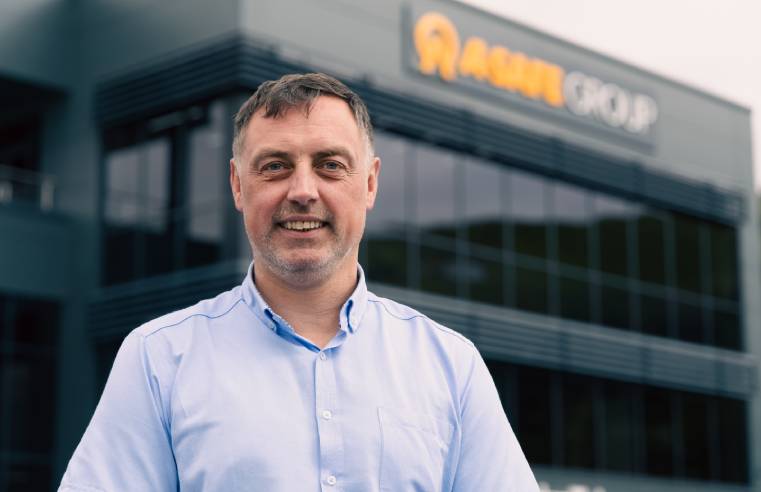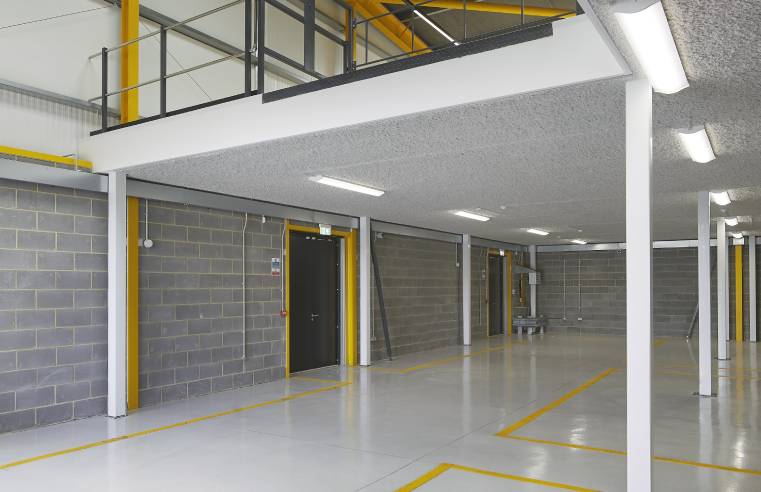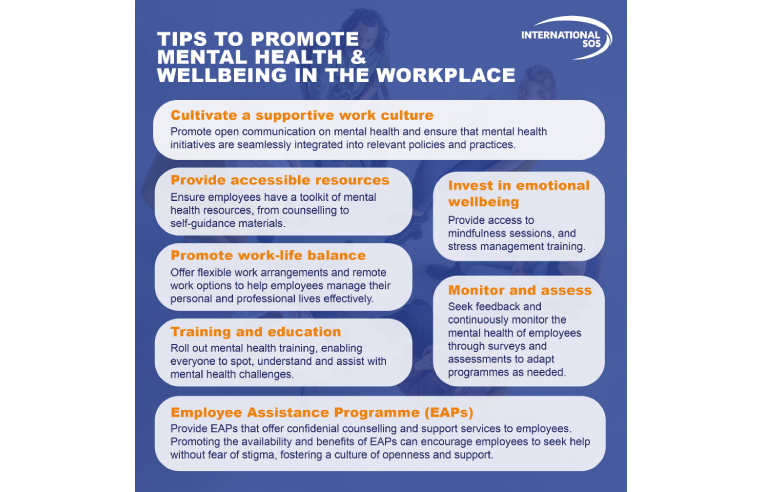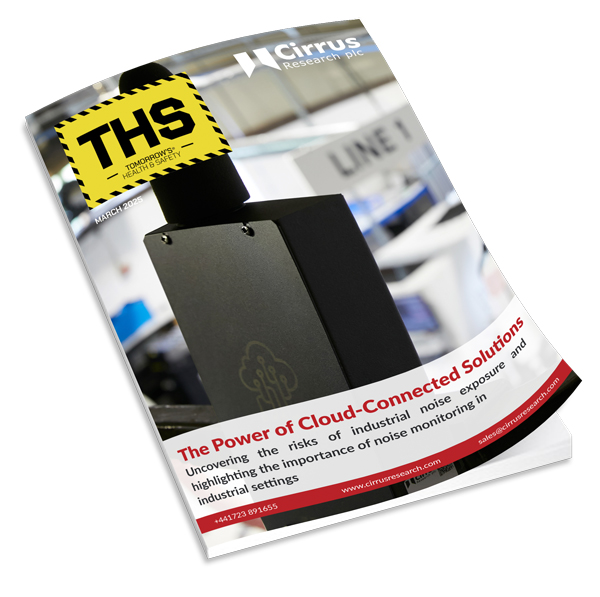As today’s warehouses expand in both scale and sophistication, the likelihood of workplace incidents rises considerably. What can employers do about it, asks James Smith, co-CEO, A-SAFE
Online retail continues its relentless climb, with annual increases nearing 10%. This expansion is compelling organisations to swiftly scale their storage facilities, an essential response to heightened customer expectations. Yet this growth introduces fresh complexities, especially in sustaining operational excellence and safeguarding staff well-being. As distribution centres worldwide try and cope with these pressures, it's increasingly evident that deploying smart, IIoT-powered safety is a measure that extends beyond mere compliance, emerging as a vital element for sustained business success.
Safety solutions as business drivers, not costs
Today's warehouses are an intricate network of personnel, robotic systems, and industrial equipment. As these facilities expand in both scale and sophistication, the likelihood of workplace incidents rises considerably. Whilst conventional safety protocols remain crucial, they are no longer adequate for managing risks in these growing and evolving environments. A fresh approach to safety is essential.
This is where cutting-edge safety innovations enter the picture. State-of-the-art technologies including artificial intelligence monitoring, smart barriers, and Industrial Internet of Things (IIoT)-powered safety equipment are set to transform warehouse safety practices. These advancements not only safeguard personnel and assets but deliver substantial gains in efficiency whilst reducing costly accidents.
Innovations such as smart barrier systems that absorb collision force, protecting infrastructure and vehicles while minimising operational downtime; or AI-powered analytics that anticipate safety risks before they materialise, enabling preventative risk control, mark a fundamental shift in workplace safety thinking. Protection measures have evolved from a mandatory expense to comply with regulations into a strategic investment driving operational excellence through enhanced risk mitigation.
Managing enhanced risks during e-commerce spikes
Prioritising safety measures during online retail surges is vital for warehousing operations due to the substantial intake of temporary staff that companies recruit to handle demand. These temporary workers typically possess less comprehensive training and workplace familiarity than permanent colleagues, naturally elevating accident risks. Sophisticated safety systems can bridge this expertise gap, offering protection to both new and veteran team members alike.
Smart safety technology, including IIoT-connected devices and their corresponding AI-powered analytics, provides enhanced protection throughout these demanding periods. These systems identify potential risks that untrained personnel might overlook, such as incident-prone areas, equipment maintenance needs, or racking-stability issues, warning managers and staff of dangers before incidents materialise.
Deploying advanced safety solutions helps boost worker confidence during high-pressure seasons. Research from defence manufacturer Lockheed Martin showed that establishing a robust safety culture enhanced productivity by 24%. This approach also reduces financial and reputation-related risks linked to workplace incidents, ensuring peak-period operations remain both efficient and secure without negative press coverage damaging brand value.
A smart approach
As online retail continues its rapid growth, storage facility requirements are transforming accordingly. Gartner forecasts that half of all warehouses will incorporate IIoT technology by 2027, leaving those without implementation plans precious little time to adapt. Investing in intelligent safety measures is evolving beyond mere compliance – it's becoming a competitive necessity.
Through adoption of cutting-edge technologies like IIoT and artificial intelligence to create connected facilities, organisations can enhance worker protection, increase operational efficiency, and strengthen their position in an increasingly crowded marketplace. Rather than waiting for incidents to occur, take preventative action now to establish a more secure, productive distribution environment prepared for both current and future challenges.























